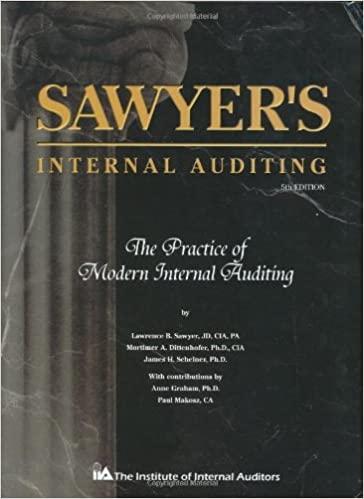(12) 6. You plan to retire 40 years from now. Assume the following: you will live for 40 years after retirement, you would like to have an annual retirement income that is equivalent to $40,000 per year in today's dollars, your nominal annual rate of return on investment is 8% compounded monthly, and the effective annual rate of inflation will be 4. Your money will remain in the same account during retirement, and your account balance will be zero after the 40-year retirement period. Ignore the effect of taxes. a) Demonstrate (show the equation with numbers) that the future equivalent 40 years from now (year 2060) of $40,000 in 2020 dollars is $192,040. This is the amount of money you wish to live on in the first year of your retirement. b) Your investment starting today (year 2020) earns 8% compounded monthly. Demonstrate that the effective annual rate of return on your investment is 8.30%. (Show the mathematical equation with numbers, NOT just the factor notation) c) Beginning in year 2060, no additional money is added to the fund. With inflation at 4% and an effective annual interest of 8.30%, demonstrate (show the equation with numbers) that the nest egg, or the amount of money that needs to be accumulated in year 2057, in order to live at the same standard of living as $192,040 for the following 40 years (years 2057 to 2097) is $3,582,726. w d) Starting today (year 2020), demonstrate, i.e. show the numbers in the equation that solves the factor notation A-F(A/FIN), that the monthly payment required in order to accumulate $3,582,726 in year 2060 is $1026.26. (12) 6. You plan to retire 40 years from now. Assume the following: you will live for 40 years after retirement, you would like to have an annual retirement income that is equivalent to $40,000 per year in today's dollars, your nominal annual rate of return on investment is 8% compounded monthly, and the effective annual rate of inflation will be 4. Your money will remain in the same account during retirement, and your account balance will be zero after the 40-year retirement period. Ignore the effect of taxes. a) Demonstrate (show the equation with numbers) that the future equivalent 40 years from now (year 2060) of $40,000 in 2020 dollars is $192,040. This is the amount of money you wish to live on in the first year of your retirement. b) Your investment starting today (year 2020) earns 8% compounded monthly. Demonstrate that the effective annual rate of return on your investment is 8.30%. (Show the mathematical equation with numbers, NOT just the factor notation) c) Beginning in year 2060, no additional money is added to the fund. With inflation at 4% and an effective annual interest of 8.30%, demonstrate (show the equation with numbers) that the nest egg, or the amount of money that needs to be accumulated in year 2057, in order to live at the same standard of living as $192,040 for the following 40 years (years 2057 to 2097) is $3,582,726. w d) Starting today (year 2020), demonstrate, i.e. show the numbers in the equation that solves the factor notation A-F(A/FIN), that the monthly payment required in order to accumulate $3,582,726 in year 2060 is $1026.26







